Humane Wildlife Management: Unified Strategies and Lasting Protection for Homes & Business
Traditional pest control methods often sacrifice ecological balance for quick results. A more nuanced solution integrates humane exclusion devices, habitat modification, and, when absolutely necessary, specialized rodenticides that degrade harmlessly and avoid predator poisoning. This combined model delivers reliable protection against wildlife intrusions while preserving ecosystem integrity and reducing maintenance costs over time.
By integrating both non‑lethal and targeted control techniques, property owners gain comprehensive protection that safeguards structures, reduces liability, and respects the natural world.
Preserving Wildlife and Ecosystem Balance
Humane exclusion techniques—such as one‑way doors, mesh barriers, and targeted habitat adjustments—encourage wildlife to relocate safely, allowing bats, birds, and small mammals to continue their vital ecological roles. Chemical use can be minimized by reserving rodenticides exclusively for challenging mouse populations. By selecting formulations that degrade rapidly and avoid secondary poisoning of predators, ecosystem health remains intact while effective pest control is maintained.
Minimizing Damage, Liability, and Managing Costs
Sealing entry points, installing chimney caps, and removing food attractants serve as one‑time investments that prevent repeat wildlife incursions and costly repairs to insulation, wiring, or landscaping. When lethal measures become necessary—especially for mice—targeted trapping or specific rodenticides eliminate the infestation at its source. Over time, this integrated strategy leads to fewer service calls, lower repair expenses, and compliance with wildlife protection regulations, safeguarding both property value and budgets.
Long‑Term Cost Savings
Investing in proofing measures—like mesh barriers, chimney caps, and foundation seals—provides a one‑time expense that prevents ongoing treatment fees and damage repairs. Thorough clean‑up and decontamination reduce health‑related costs by eliminating hazards from droppings and nesting materials, saving you money over time.
Ensuring Health, Safety, and Selective Control
Wildlife droppings and nesting materials pose risks of disease transmission.. Thorough decontamination and exclusion methods remove these hazards without relying on indiscriminate poisons. In instances where rodenticide is the only effective solution—primarily for mice—products that lack secondary effects on non‑target animals are chosen, preserving indoor air quality and protecting pets, residents, and local wildlife alike.
Supporting Sustainable, Eco‑Friendly Practices
By minimizing reliance on poisons and pesticides, humane wildlife management protects soil and water quality and prevents harm to non‑target species. This aligns seamlessly with green building standards, landscaping initiatives, and corporate social responsibility goals focused on environmental protection.
Tailored Residential & Commercial Strategies
Residential properties benefit from discreet, low‑impact methods that maintain living-space aesthetics and comfort. Homeowners receive guidance on simple preventive practices—such as landscape management and routine entry‑point inspections—to complement exclusion work. Commercial sites, including retail locations, warehouses, and office complexes, require scalable solutions to avoid operational downtime. Scheduled maintenance plans, advanced monitoring systems, and adherence to industry‑specific regulations ensure seamless continuity alongside effective wildlife and rodent control.
Developing a Proactive Wildlife Management Plan
A robust, long‑term solution begins with a detailed property audit to identify vulnerabilities—attic gaps, roof vents, foundation cracks, and appealing landscaping features. A comprehensive program then integrates humane exclusion, selective rodenticide application, and strategic habitat modifications. Routine inspections and maintenance checklists catch emerging issues early, preventing small problems from escalating. Engaging qualified wildlife management professionals transforms one‑off treatments into an ongoing strategy that keeps both residential and commercial properties protected year‑round.
In Summary
By blending humane exclusion techniques and habitat modifications with carefully selected, predator‑safe rodenticides for stubborn infestations, property owners gain a truly comprehensive wildlife management solution. This balanced approach preserves essential ecosystem functions—like pollination and pest regulation—while minimizing structural damage, health risks, and long‑term expenses. Whether protecting a family home or maintaining seamless business operations, integrating both non‑lethal and targeted control methods ensures lasting results and environmental responsibility.
If you’re ready to safeguard your property with a strategy that respects both wildlife and your bottom line, our experienced team is here to help. Reach out today to discuss a customized plan that fits your needs, and take the first step toward a secure, healthy, and pest‑resistant environment.
‹ Back


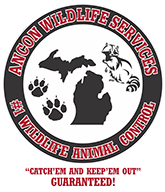


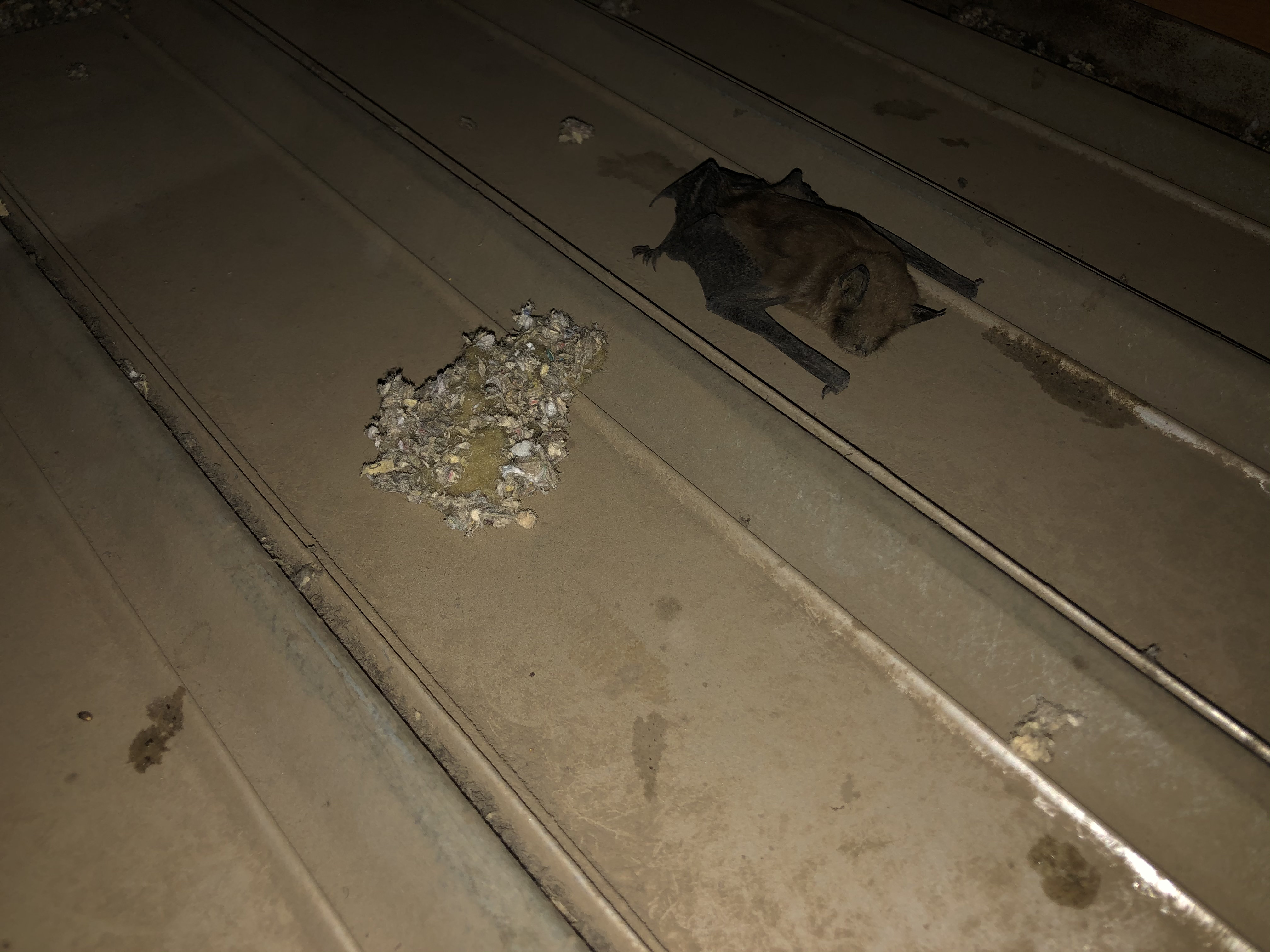
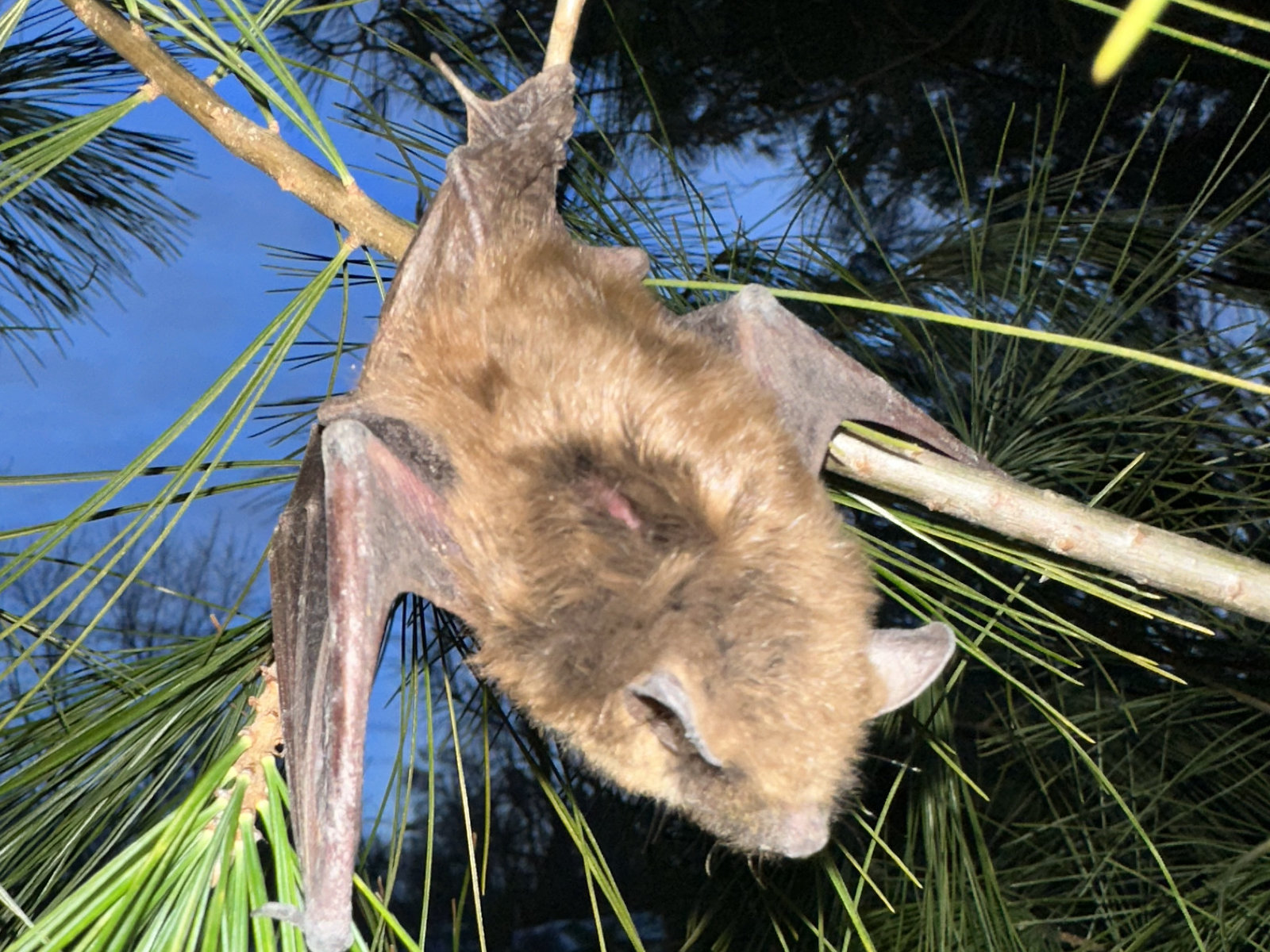
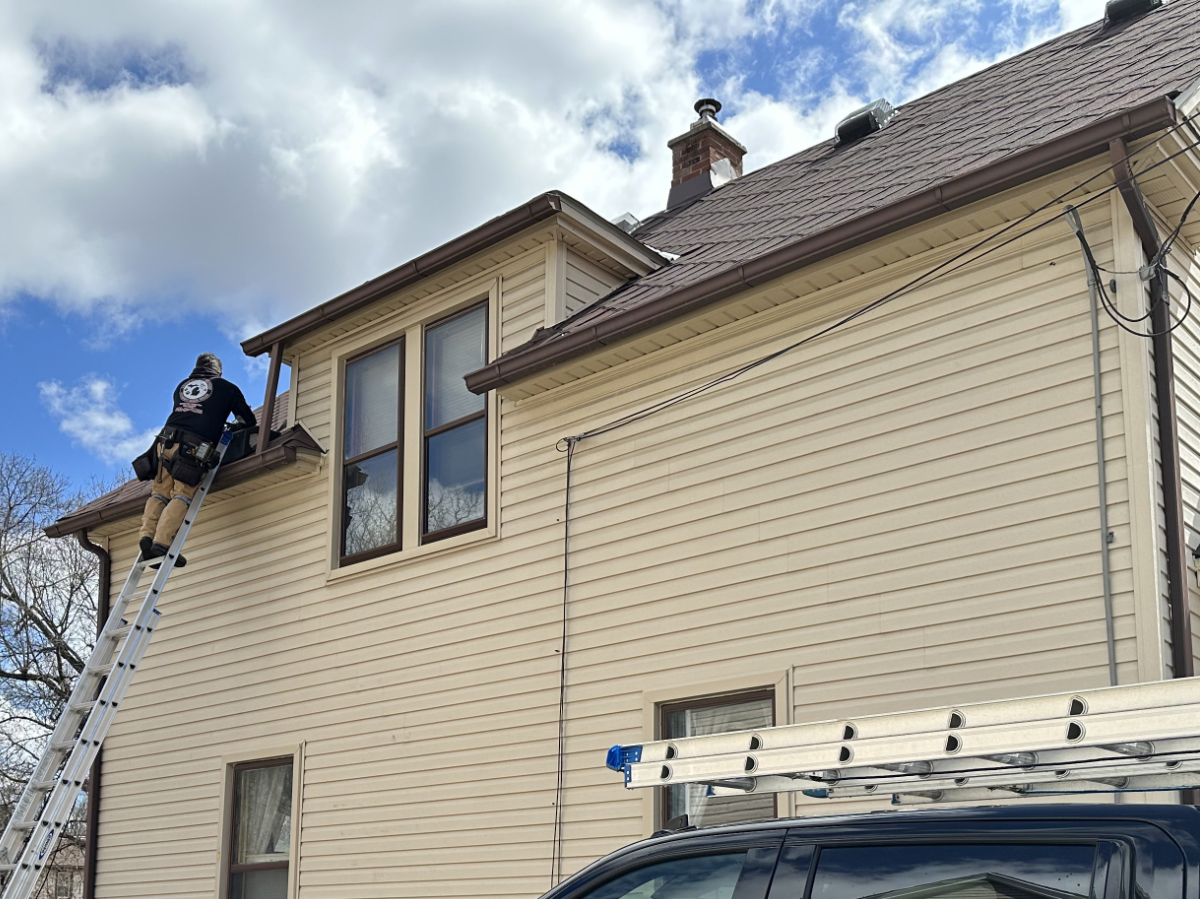
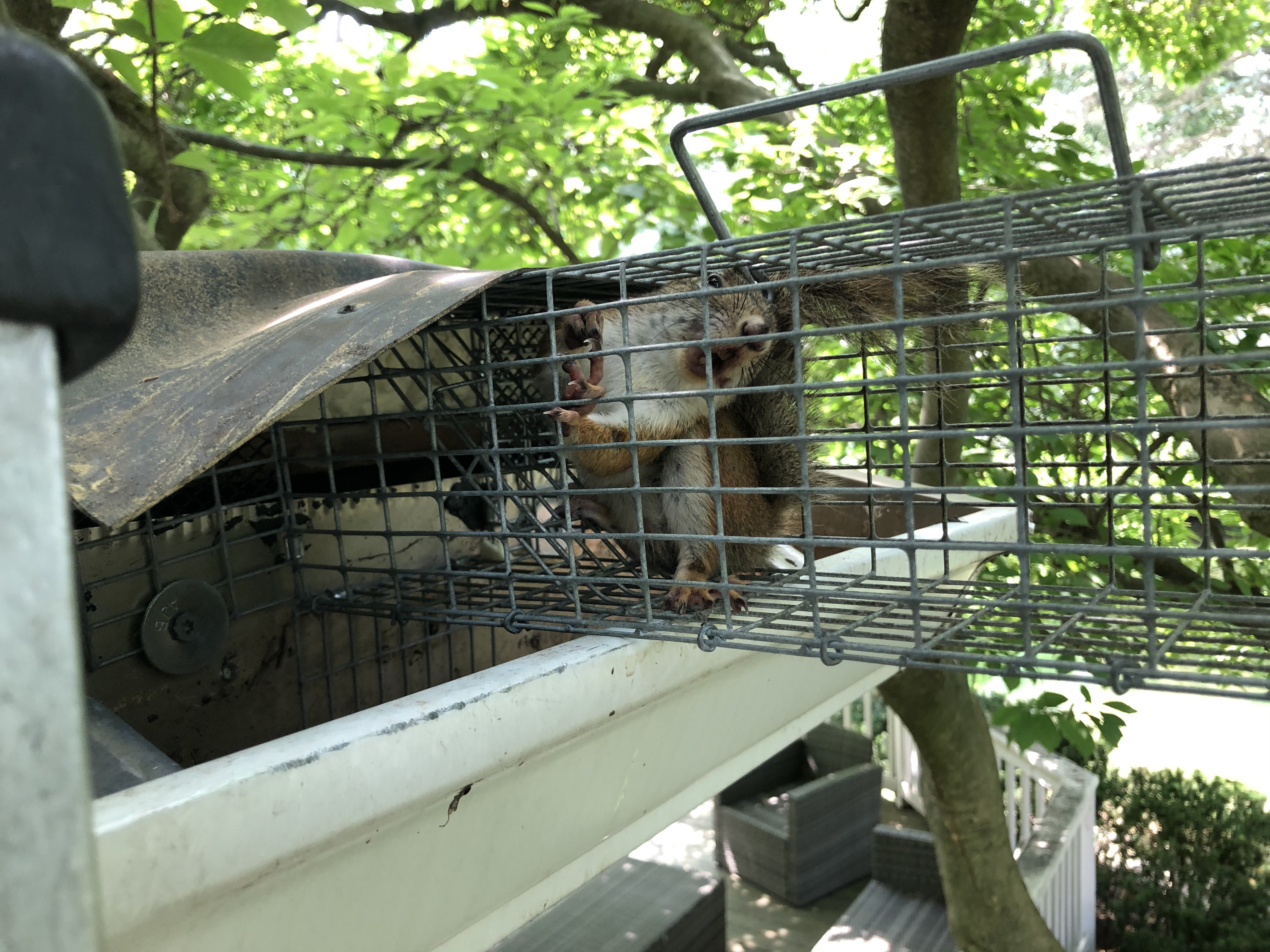
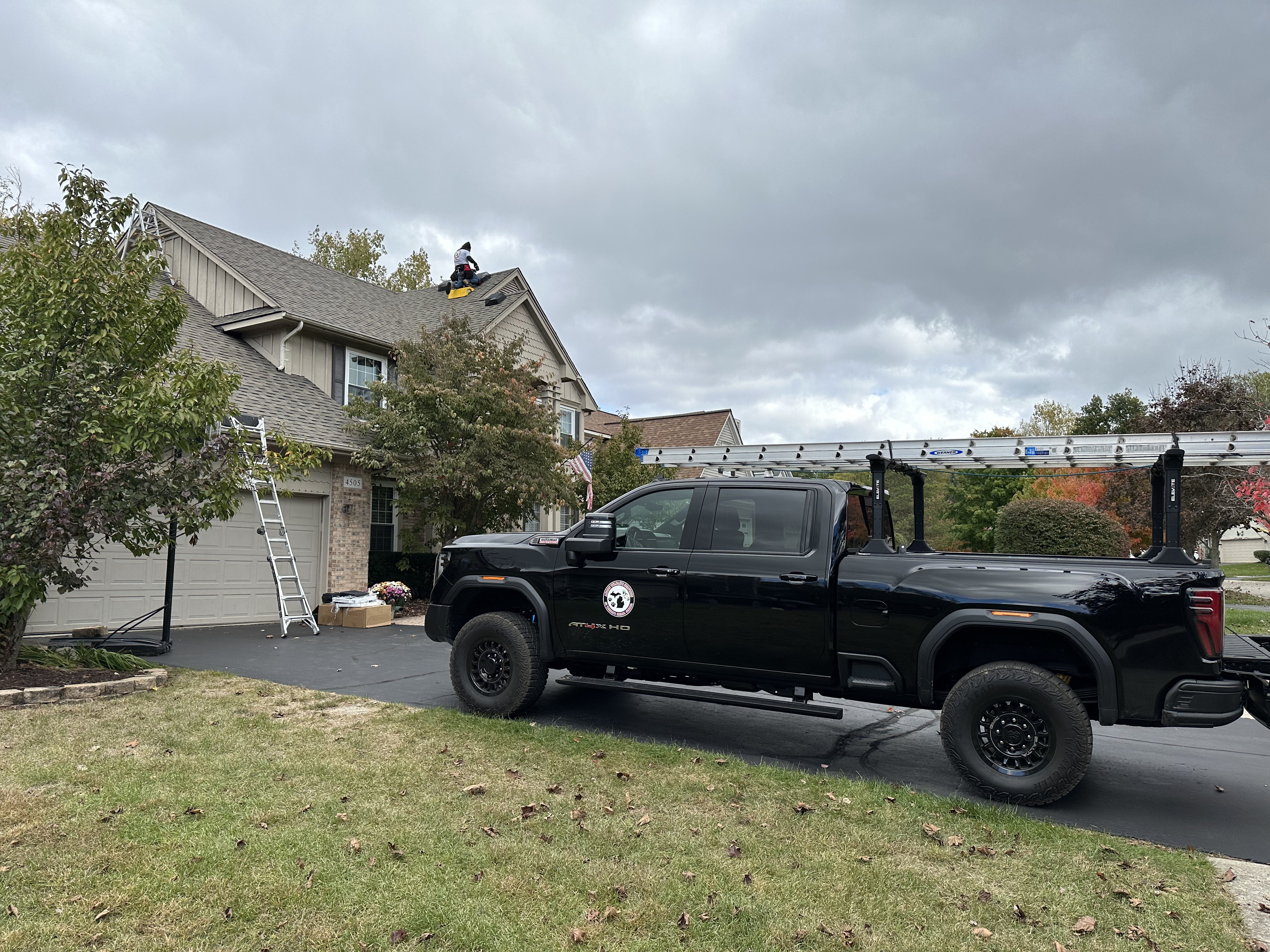
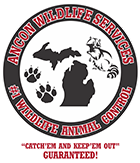
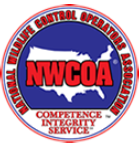

.png) Twitter
Twitter